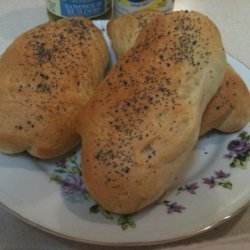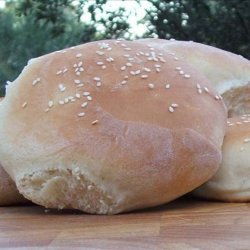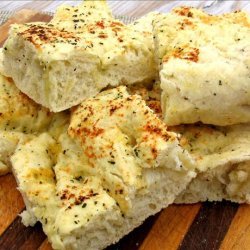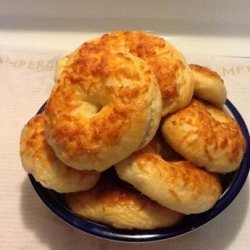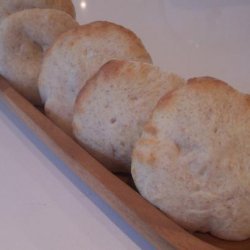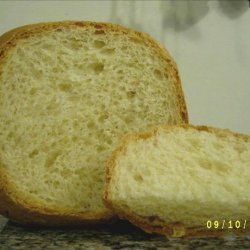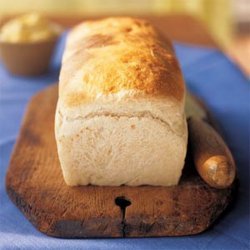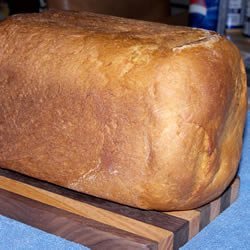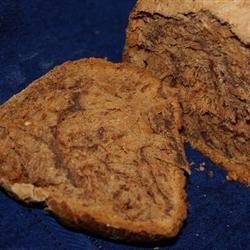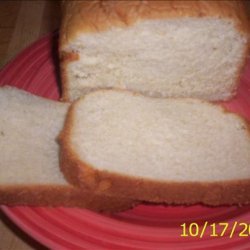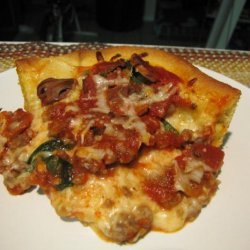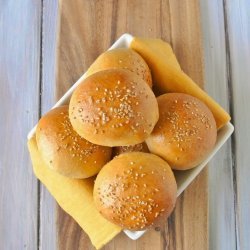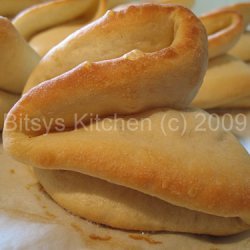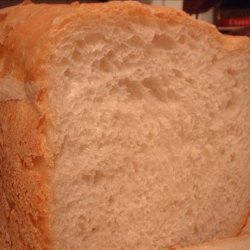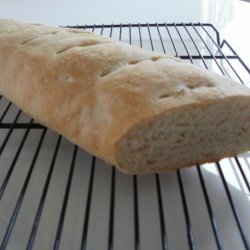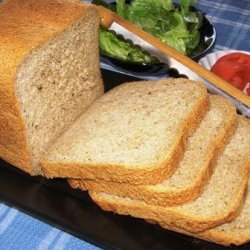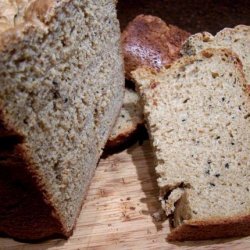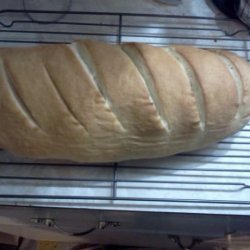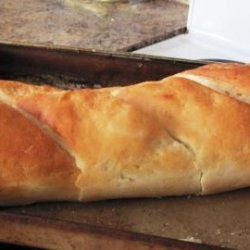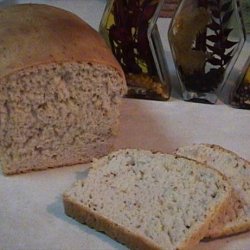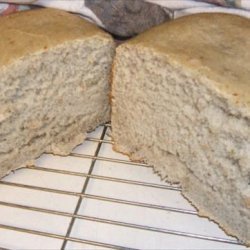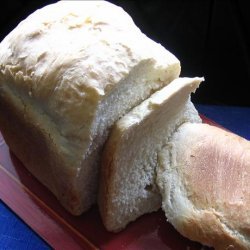Directions:
- Remove pan from Bread machine and place on a electronic kitchen scale, and zero scale.
- Weigh 210ml (210ml water weighs 210g) and rest of ingredients carefully into the pan, in the order listed (if you have the time, do have a read through of the notes :).
- Select French Loaf cycle (or Wholewheat/Wholemeal cycle if no French Loaf cycle available) and select crust/firmness if necessary required for your machine. (I feel that this loaf benefits from a fairly firm crust - as long as it's not burnt!).
- Start Machine.
- Notes:.
- Time listed is for the actual baking part of my machine's French Bread cycle. They vary by manufacturer.
- I took this recipe originally from a machine which had a 6-hour French loaf cycle but my machine makes a French loaf in 4 hours. My mum's does it in 2 3/4 hours. I've found that the results are pretty consistent regardless of machine, although you occasionally need to increase/decrease amount of yeast to marry the recipe to the 'rise' component of your machine's cycle.
- My machine has an un-overrideable 20 minute pre-heat before it does anything whatsoever whenever I use this cycle, so I need to take the following precautions so that the yeast doesn't make contact with any liquid before kneading starts which I recommend to you:.
- When pouring the water do try to pour gently trying to avoid slashing up sides.
- When adding the flour, do try to cover the water completely if possible.
- When adding the yeast, if necessary/inclined try making a dip (or 'well') in the top of the flour and carefully pouring the yeast into the dip/well.
- If using yeast in sachet form it's worth measuring it onto a teaspoon first and holding some of the sachet (depending on sachet size).
- Here in Europe most of our cooking is weight-based rather than volume based.
- A set of electronic kitchen scales with 1 gram graduations can be quite cheap if you hunt around and more than any other cooking and baking they really come into their own when it comes to bread-making, although I usually still use spoon measures for salt and yeast, and for liquid oil when I use it. Gives bomb-proof results, every single time!
Nutrition Facts
| Amount Per 1 Serving | |||
| Calories | 145.62 Kcal (610 kJ) | ||
| Calories from fat | 11.58 Kcal | ||
| % Daily Value* | |||
| Total Fat | 1.29g | 2% | |
|---|---|---|---|
| Sodium | 291.23mg | 12% | |
| Potassium | 28.76mg | 1% | |
| Total Carbs | 30.15g | 10% | |
| Dietary Fiber | 0.75g | 3% | |
| Protein | 2.25g | 5% | |
| Vitamin C | 4.1mg | 7% | |
| Calcium | 7.8mg | 1% | |
| Amount Per 100 g | |||
| Calories | 220.13 Kcal (922 kJ) | ||
| Calories from fat | 17.5 Kcal | ||
| % Daily Value* | |||
| Total Fat | 1.94g | 2% | |
|---|---|---|---|
| Sodium | 440.23mg | 12% | |
| Potassium | 43.48mg | 1% | |
| Total Carbs | 45.57g | 10% | |
| Dietary Fiber | 1.13g | 3% | |
| Protein | 3.4g | 5% | |
| Vitamin C | 6.2mg | 7% | |
| Calcium | 11.8mg | 1% | |
* Percent Daily Values are based on a 2000 calorie diet. Your daily values may be higher or lower depending on your calorie needs.
Find out how many calories should you eat.
Get Your Recipe of Health!
Follow RecipeOfHealth on Facebook!


